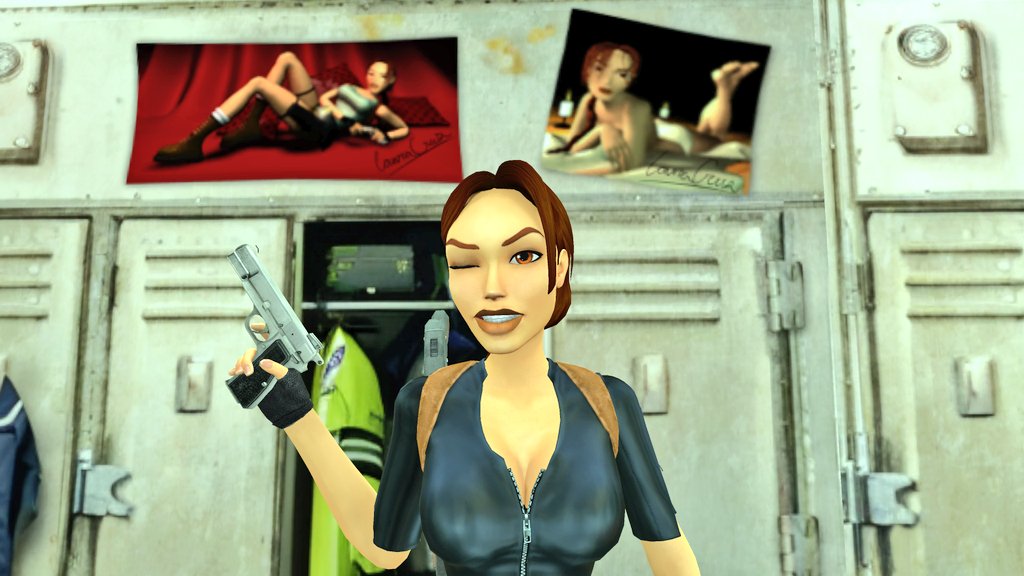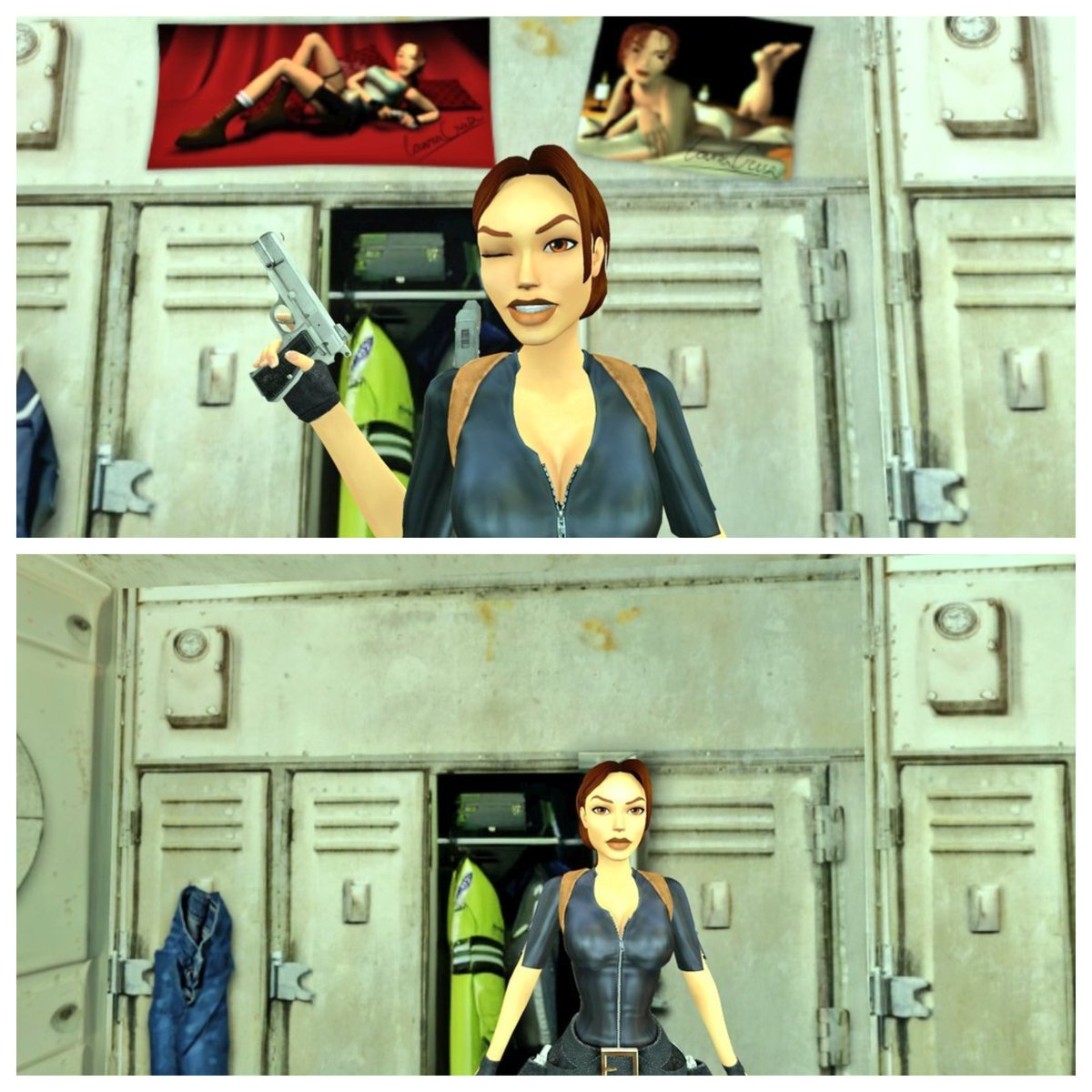
Video game remasters might be all the rage right now, but they have a tough job, having to appeal to the nostalgia of the original games' fans, while offering enough of a visual upgrade to justify their own existence. From the GTA trilogy to Warcraft III, we've seen more misses than hits lately – and the latest remaster to draw fans' ire is the original Tomb Raider trilogy.
In a new update, it seems developer Aspyr has seen fit to quietly remove a bunch of pin-up posters of Lara Croft from the walls of one of the levels from Tomb Raider III. And while designs themselves might never have been in particularly good taste, their removal has led to a fierce debate about the ethics of retroactively erasing (read: censoring) aspects of an original game from its remaster.

The change wasn't referenced in the patch notes for the game's second update, so it's taken a while for eagled-eyed fans to notice they're missing. "Absolutely pathetic that someone could think something so harmless needed to be removed and even more so trying to hide it by making it a undocumented change. Shame on Aspyr and shame on Crystal Dynamics," one Redditor comments, while another adds, "Absolutely disgusting censorship. I had hoped this would be a bug due to the latest patch, but it's obviously not."
Tomb Raider I-III Remastered's second update removed pinup posters of Lara in Tomb Raider III. Updates should never be used to retroactively censor games, it's a form of theft. Any company that engages in this bait & switch behavior should go bankrupt. pic.twitter.com/rJoMaEPaCmApril 20, 2024
As much as I say this shit doesn’t matter, and it doesn’t.…I do kind of scratch my head at the most recent patch from the tomb raider remaster where they removed some risky posters, despite it having a warning and M rating.April 20, 2024
In all likelihood, those pin-ups wouldn't be included if the game were made today – the original Tomb Raider games were a product of a time when hyper-sexualised imagery was a much bigger part of the gaming world, particularly as Sony tried to pitch the PlayStation as a more 'adult' games console than its Nintendo counterparts. Indeed, these in-game posters are nothing compared with some of the actual game posters we saw back in the nineties.







